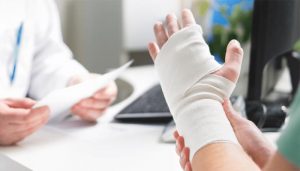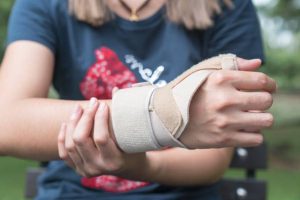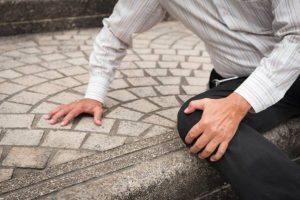Claiming compensation for a slip and fall injury after filing a personal injury lawsuit, and actually winning compensation from the claim,are not two incidents that always share a cause-and-effect relationship. The difference between winning and losing are determined by several factors and some of them are typical to the case in point. On the other hand, there are a few generalized factors that determine the outcome of a slip and fall personal injury claim as well. The most important of those general factors is, of course, validity of the proof you have to support your claim. With that in mind, let’s quickly go through the important basics of proving a slip and injury accident legally.
Contact a Local Slip and Fall Lawyer
All slip and fall injuries are personal injuries, and therefore, their proceedings will always be decided in accordance with the specific state’s personal injury laws that govern slip and fall injury claims. For example, if you are in the state of Michigan, you will need to contact a well-reputed Michigan Slip and Fall Lawyers firm first. They will help you:
- Get a free consultation, so that you can decide on the best course of action
- Get an estimate of your chances, as well as the possible compensation amount
- Gather evidence and witnesses to prove the case
- Build your case from the ground up
- Prepare yourself for negotiation meetings and/or court dates
Get to Know What You Need to Prove
Your lawyer will elaborate more on the specifics, but the following are usual grounds on which a case is built in slip and fall claims by personal injury lawyers:
- Proof that the property owner had a duty to prevent the slip and fall accident from happening to the victim(s)
- Proof that the property owner failed to fulfill that duty of providing a safe environment to the victim(s)
- Proof that the property owner knew/should have known about the avoidable situation which led to the slip and fall injury
- Proof that the breach of duty and the claimant’s accidental injuries are co-related
- Proof that the demanded compensation is reasonably adequate for the claim made against the slip and fall injury
Get to Know What is Generally Considered as Viable Proof
What can or cannot be considered as proof remains highly variable, but the following are usually what makes or breaks the case:
- Clear, high resolution photographs of the accident scene and the injuries suffered by the victim(s).
- Surveillance footage of the incident
- Witnesses who were present at the site and are willing to testify
- Witness accounts (not the same as a live witness in court)
- Medical records, diagnostic reports,prescriptions, and bills associated directly or indirectly to the slip and fall injury
- Documents to prove loss of wages, if applicable
Those not familiar with the legal system and its various legal loopholes might find it puzzling just how much people can get away with, despite there being what the claimant may have previously believed to be infallible proof. This is precisely why self-representation is a gamble not worth the risk, unless you really know what you are getting yourself into.






